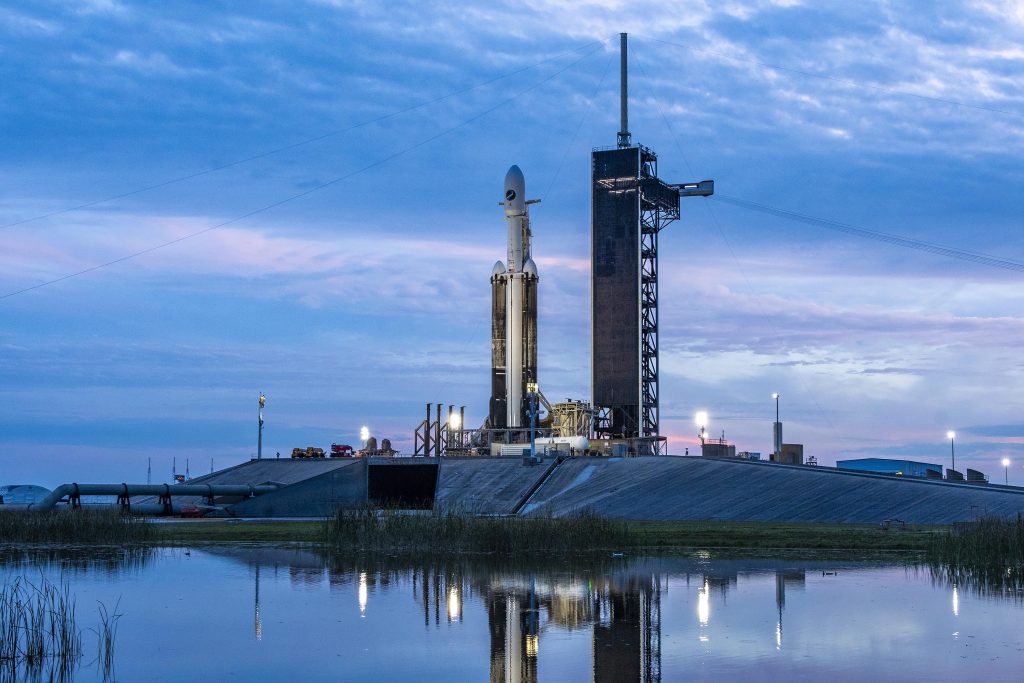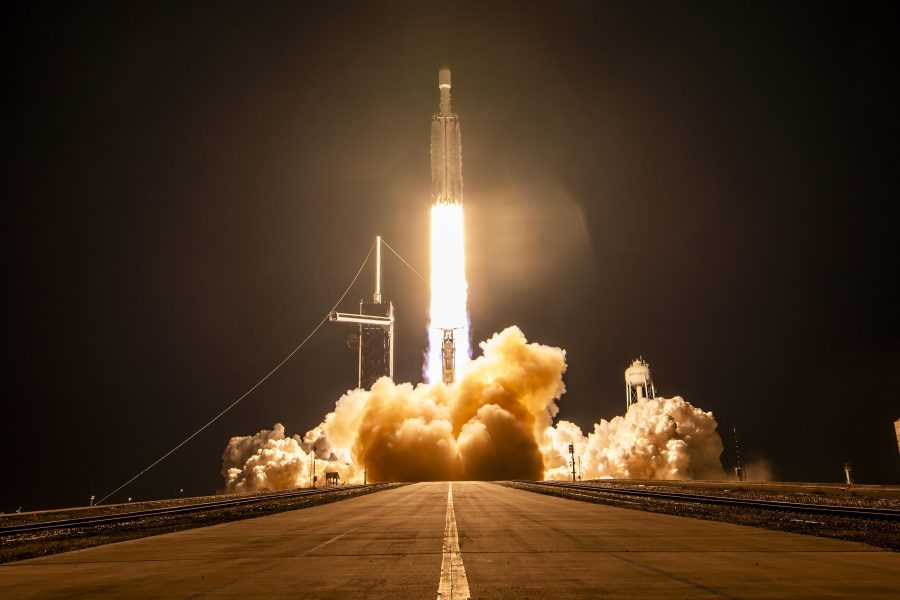The Space Force’s X-37B Orbital Test Vehicle returned to orbit Dec. 28, riding a SpaceX Falcon Heavy rocket from Kennedy Space Center, Fla after multiple scrubbed launches.
The launch of the secretive reusable space plane came two weeks after China launched its own mysterious spacecraft, “Shenlong,” on Dec. 14. Initially, the Space Force planned to launch X-37 before Shenlong, on Dec. 7, but that date was pushed back several times due to ground issues, weather, and pad availability.
Still, the close proximity of the dueling space plane launches has raised eyebrows—and Chief of Space Operations Gen. B. Chance Saltzman said Dec. 13 that it was “probably no coincidence” the two were launching around the same time.
“It’s no surprise that the Chinese are extremely interested in our space plane. We’re extremely interested in theirs,” Saltzman said at the Spacepower conference in Orlando, Fla. “Because it is a capability; the ability to put something in orbit, do some things, and bring it home and take a look at the results is powerful. And so these are two of the most watched objects on orbit while they’re on orbit. It’s probably no coincidence that they’re trying to match us in timing and sequence of this.”
Shenlong has already generated headlines after Space.com reported amateur trackers claimed it had released six objects into orbit, some of which were emitting signals.
Details on X-37 are scarce, but the Space Force has acknowledged this mission—the space plane’s seventh—will test the spacecraft in “new orbital regimes.” It has operated in low-Earth orbit in the past, some 110-500 miles above the ground, but Falcon Heavy can deliver payloads of 58,860 pounds—far more than the X-37B—to geosynchronous orbit, more than 22,000 miles up.
“We are going to expand the envelope,” Saltzman said prior to the launch. “There are some good experiments and tests and that’s the primary goal of that, testing technologies.”
In a release after the launch, the Space Force said X-37 would be “experimenting with space domain awareness technologies and investigating radiation effects to NASA materials.” Other payloads remain classified.
“My memories go back to the Gemini and Mercury programs,” Secretary of the Air Force Frank Kendall said in a release. “This is an incredible event, and I think about the teamwork over all those decades that has led to what has been a revolutionary improvement in space travel capability. We have come so far, and it’s been teamwork by the government; the Air Force and now the Space Force, which didn’t exist until a few years ago; NASA; industry teams; and so many others that all contributed to what we saw tonight.”
When the Space Force will say anything more about X-37 is unknown, but it could be a while—with each successive mission, the space plane has spent more time in orbit, hitting a record 908 days when it last returned in November 2022. Should that trend continue, it will not return to Earth from its current mission until June 2026.
Regardless, Saltzman made clear at the Spacepower conference that “great power competition” between the U.S. and China has reinvigorated interest in keeping the X-37 program alive.

